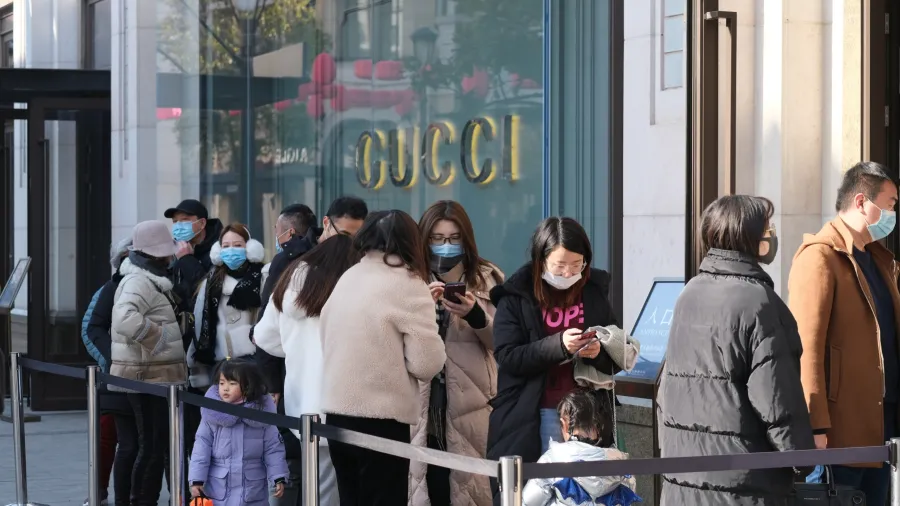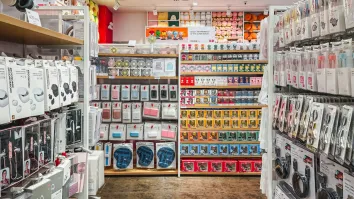
China's luxury market set for mid-single-digit growth in 2024
It witnessed a 12% YoY growth in 2023.
China's luxury market is projected to expand at a mid-single-digit rate in 2024, according to Bain & Company's latest China Luxury Report.
The market witnessed a notable 12% year-on-year growth in 2023, rebounding from the pandemic-induced decline in the previous year.
The resurgence was driven by a strong first half, although growth slowed in the latter part of the year due to varying consumer sentiment among middle- and high-income groups and a high comparable base from 2022.
Bruno Lannes, a senior partner at Bain & Company based in Shanghai, said that whilst the market saw a commendable double-digit rebound, it has not yet fully recovered to its 2021 levels.
“The recovery was tempered by the challenging economic climate and increased overseas shopping,” he noted.
“As the market transitions to a post-Covid growth phase, uncertainties remain regarding the speed at which consumer confidence will resume and how overseas luxury shopping will evolve,” Lannes added.
In 2023, all segments of China's luxury market contributed to the rebound. Fashion & lifestyle and jewelry sectors led with growth rates between 15% to 20%, whilst leather goods grew by 10% to 15%, focusing on lower-price segments.
The beauty category saw solid growth of around 8%, driven by strong demand for fragrances and makeup. Watches, however, experienced softer growth, ranging from 5% to 10%, reflecting mixed performance across brands.
The report also highlighted trends shaping the market, including a shift in luxury spending from predominantly domestic (during pandemic years) to international as Chinese overseas tourism resumed.
Meanwhile, Bain expects domestic spending to decrease to 70% in 2023 from over 90% during peak pandemic times. Moreover, price gaps between luxury goods in mainland China and overseas markets continued to drive overseas shopping, particularly in Europe and Asia.
Regarding duty-free sales, Hainan's market expanded by approximately 25% in 2023, buoyed by recovering domestic travel and local government stimulus. However, average spending per shopper decreased significantly, attributed to reduced discounts and fewer Daigou activities.
Looking forward, Bain anticipates continued recovery in Chinese overseas luxury consumption in 2024, particularly in Asian destinations, contingent upon economic recovery and travel costs.
To sustain growth, the report said harmonised global pricing strategies will be crucial for brands to maintain consumer interest in the mainland market.
By 2030, Chinese luxury consumption is expected to comprise 35% to 40% of the global total, reinforcing its position as a pivotal player in the global luxury market landscape.



















 Advertise
Advertise








